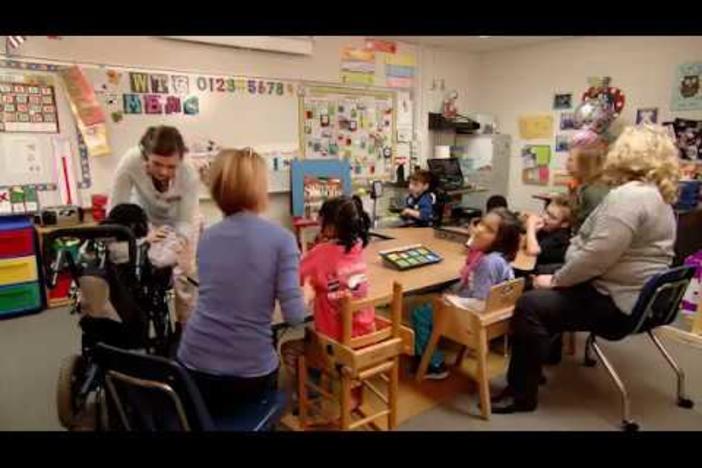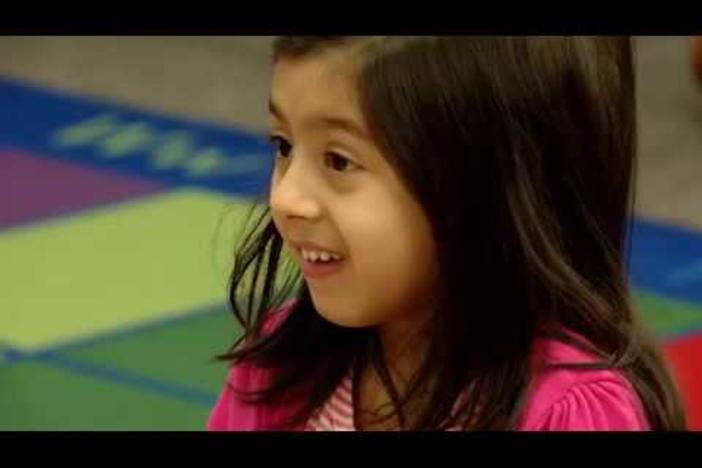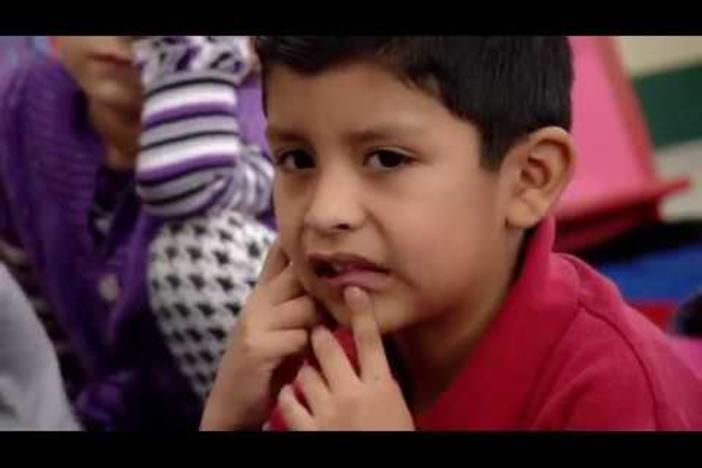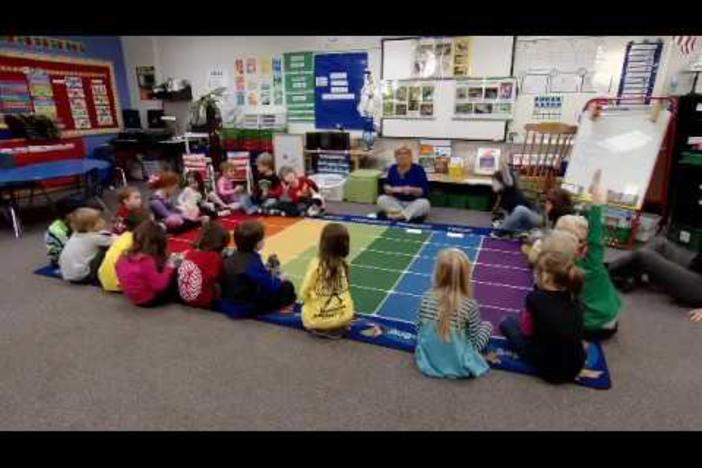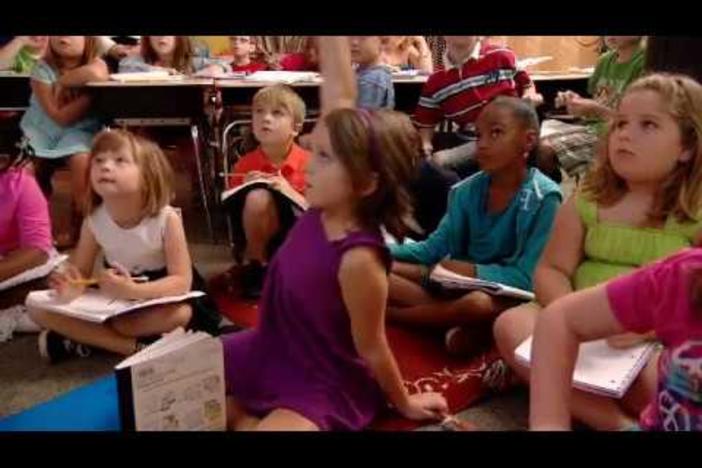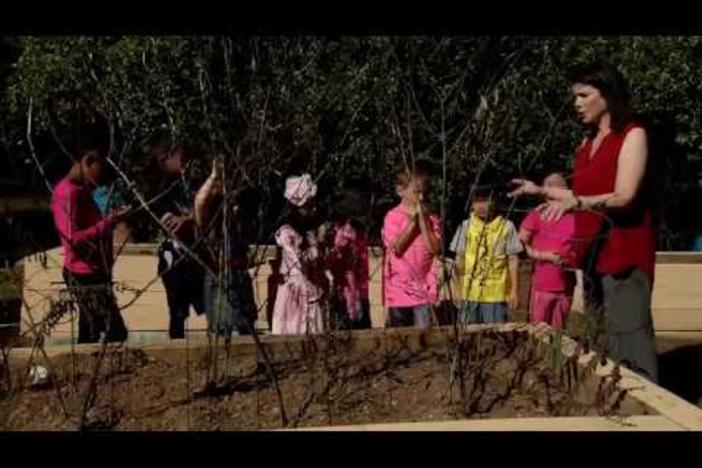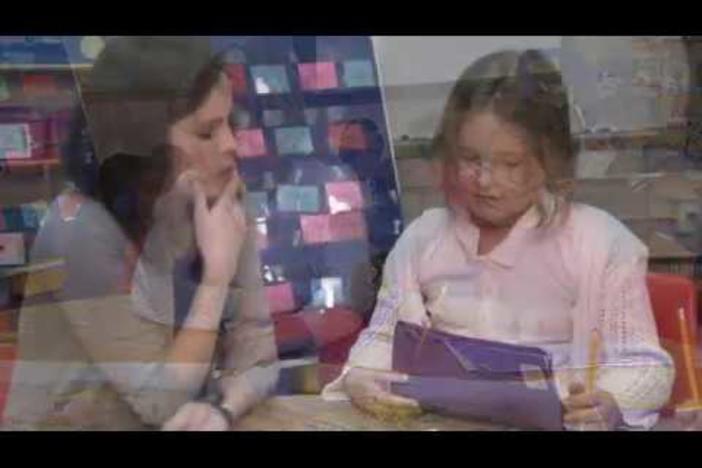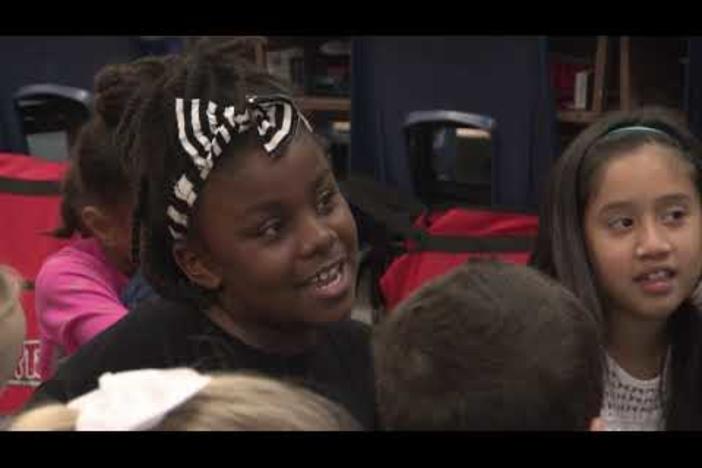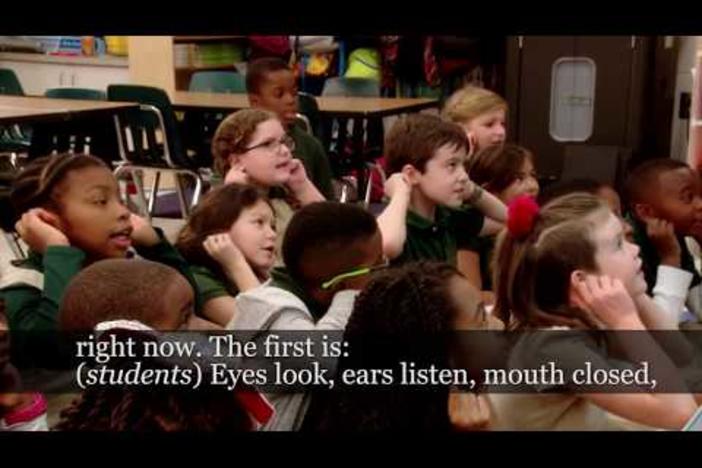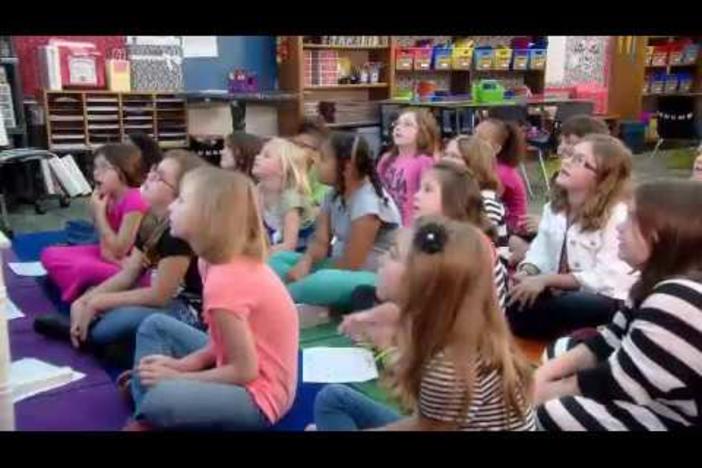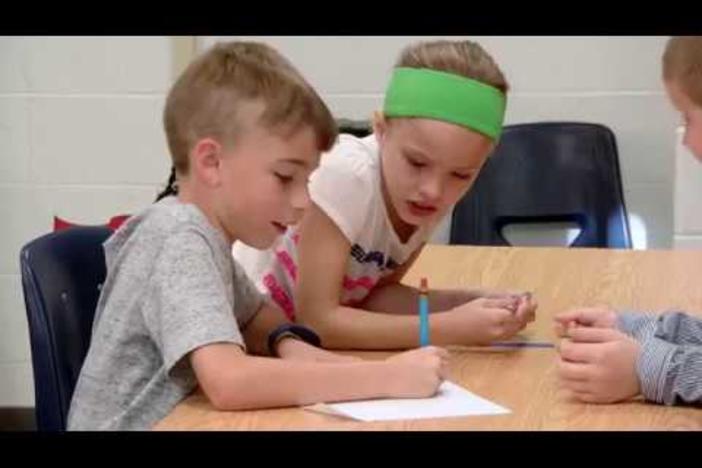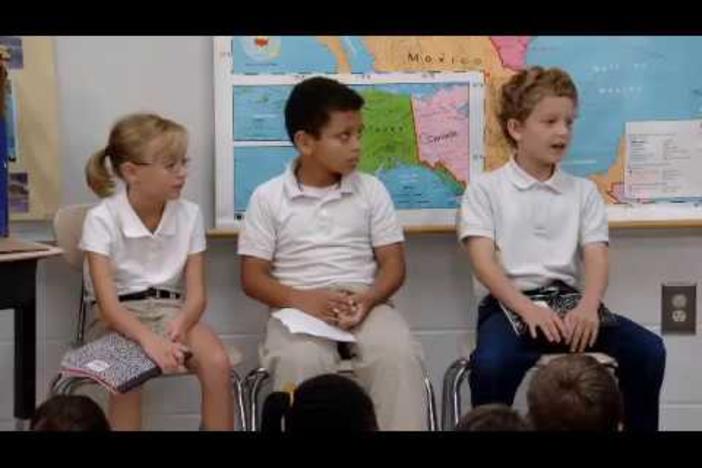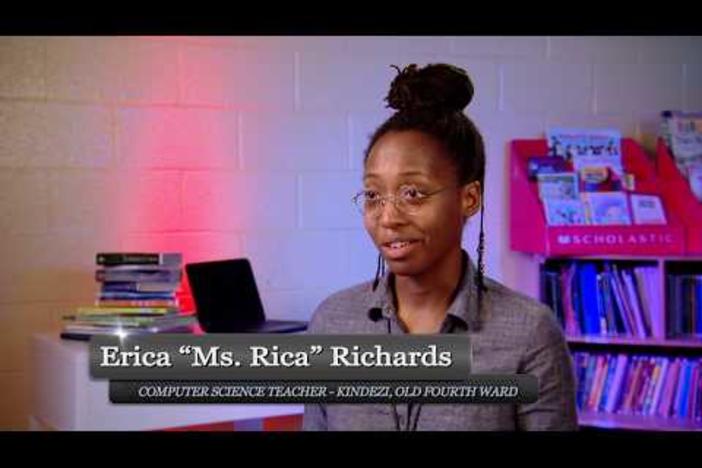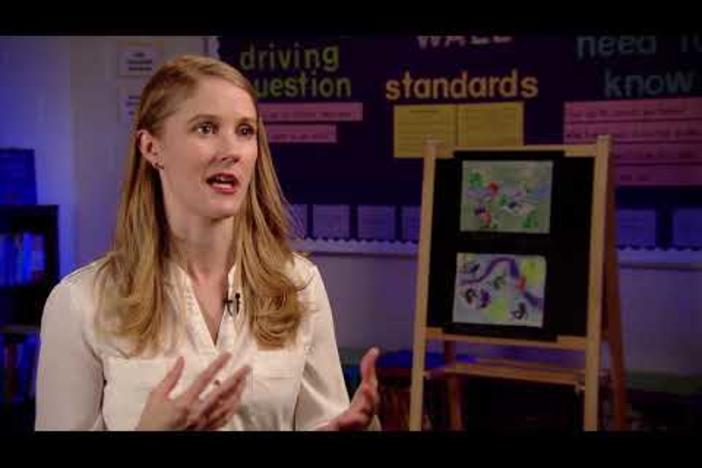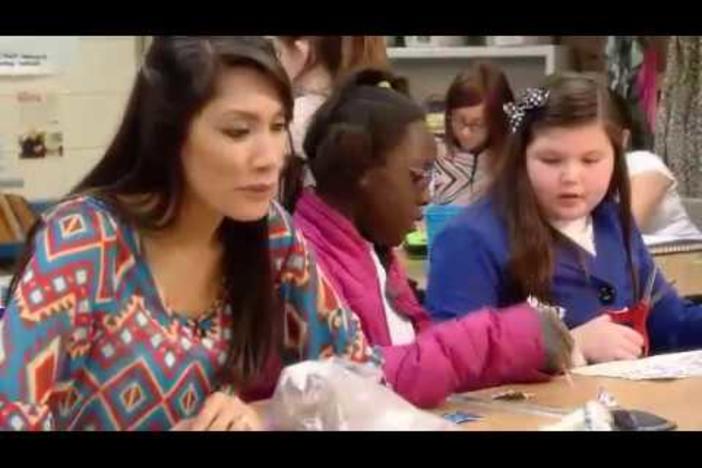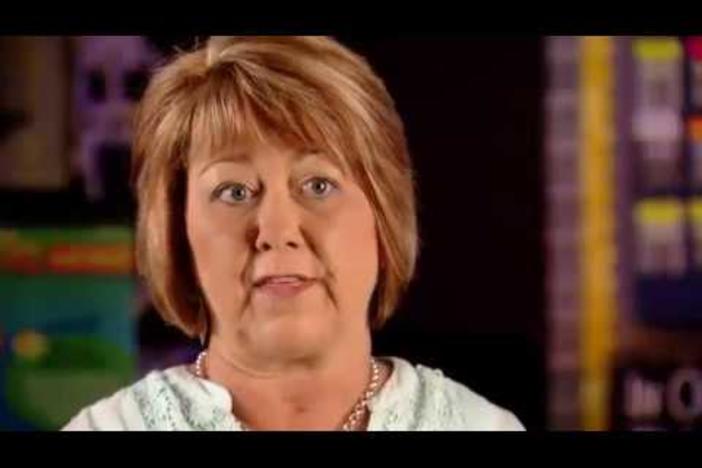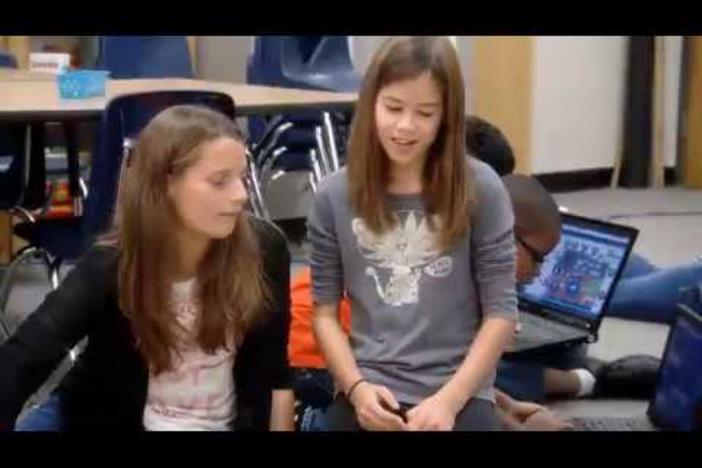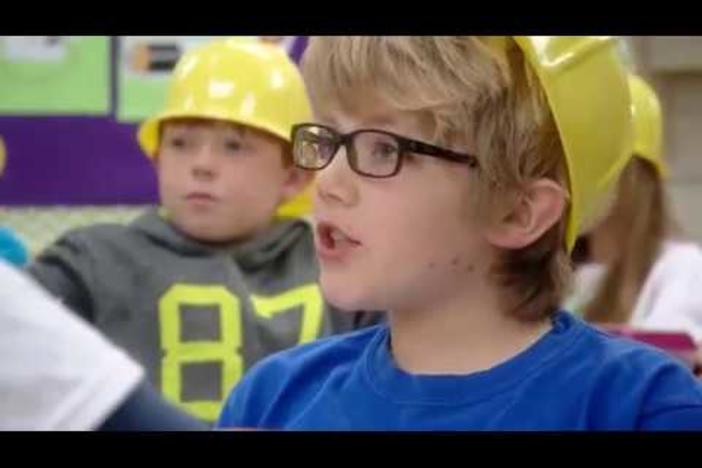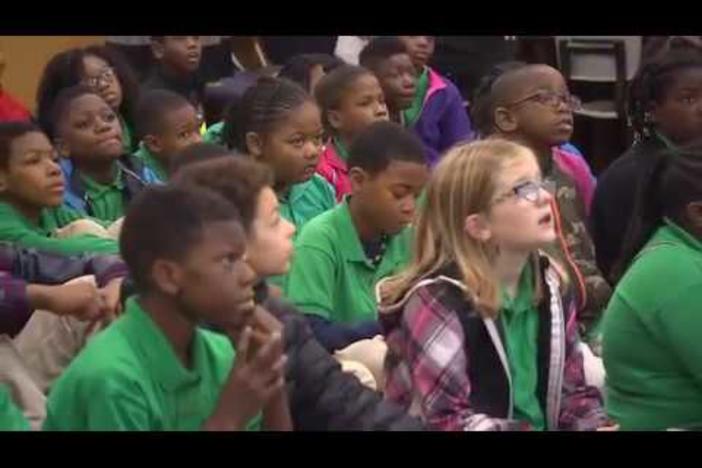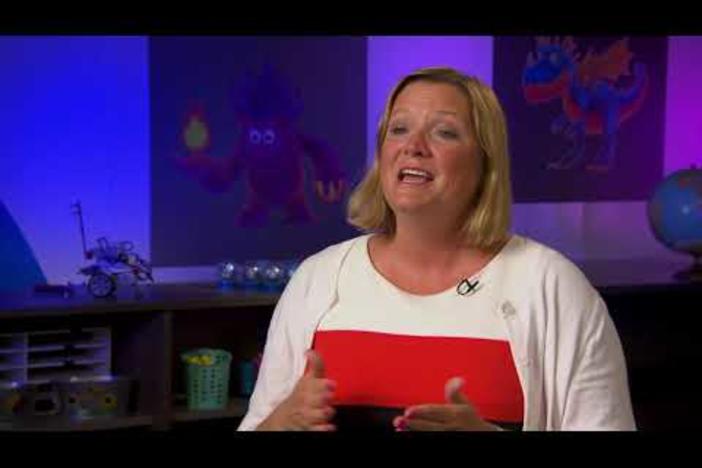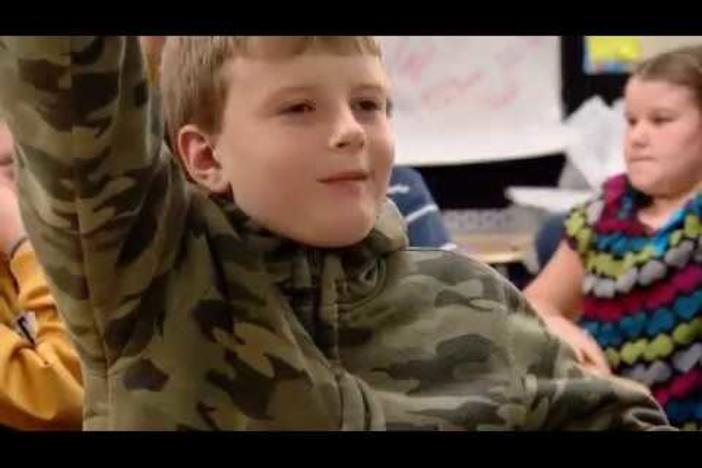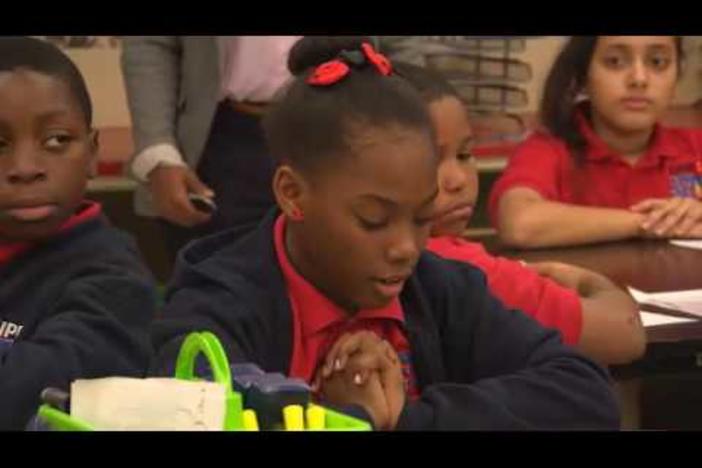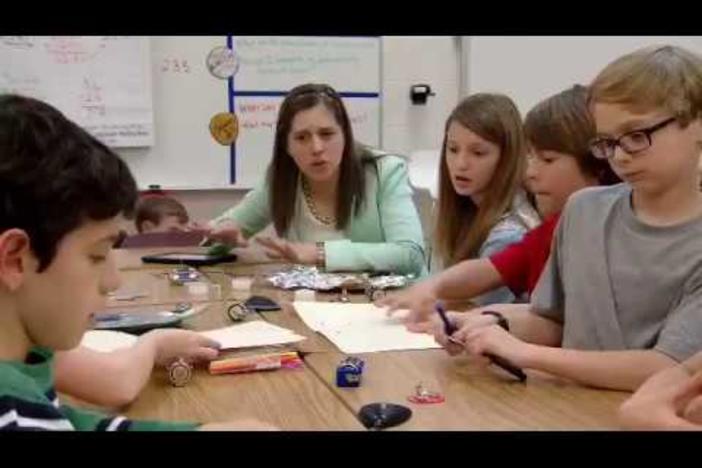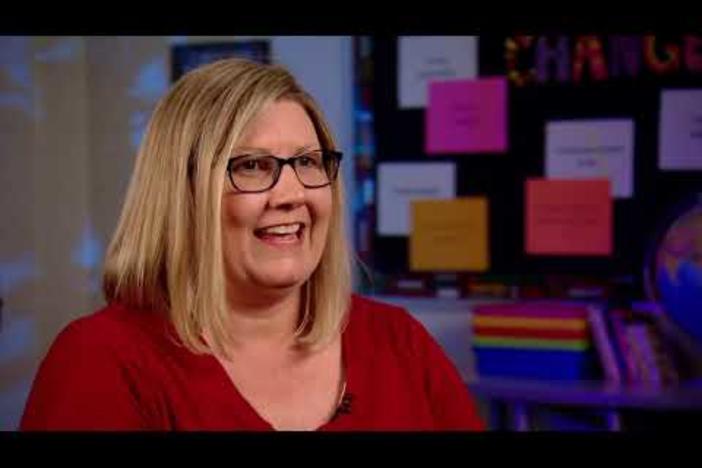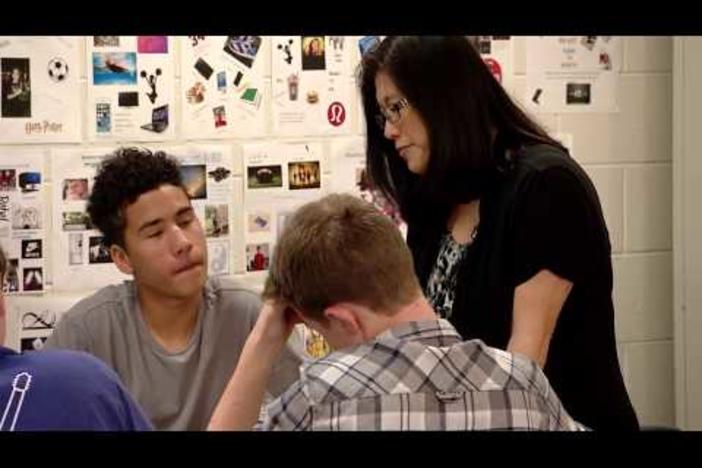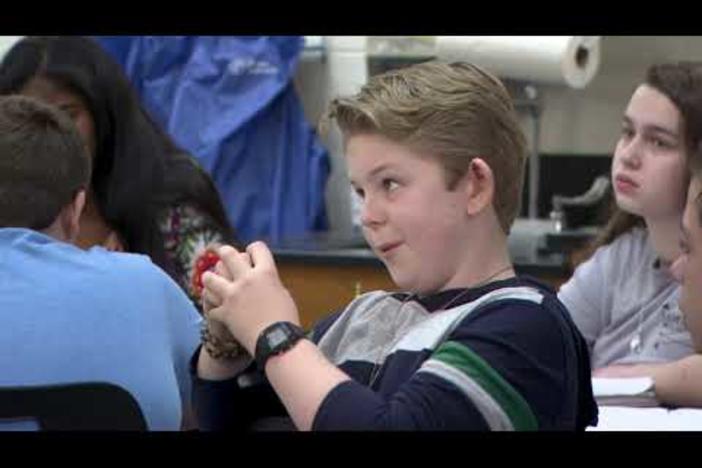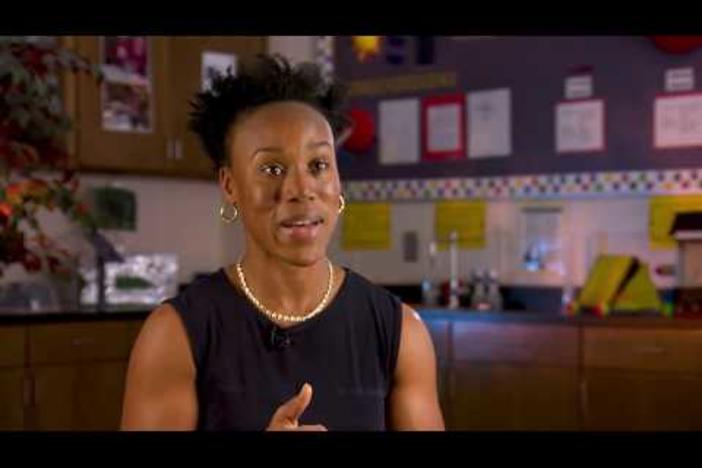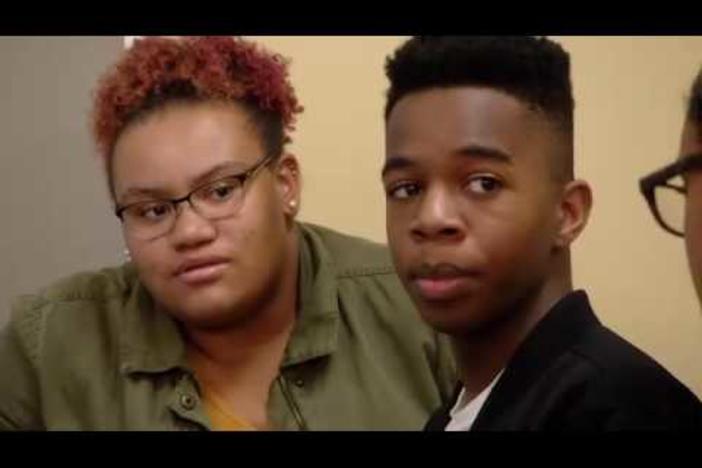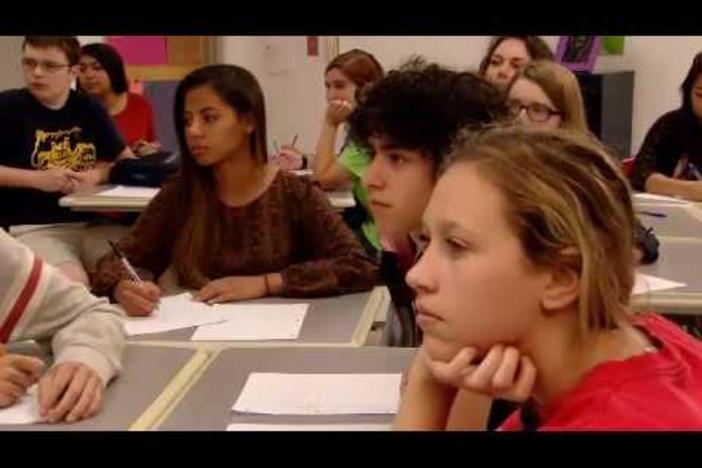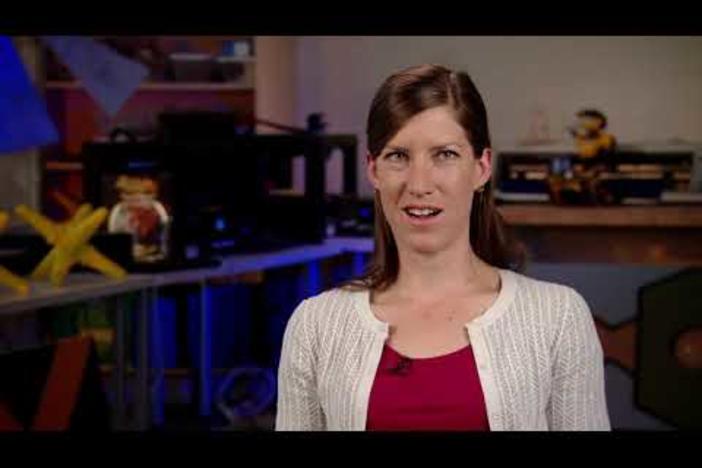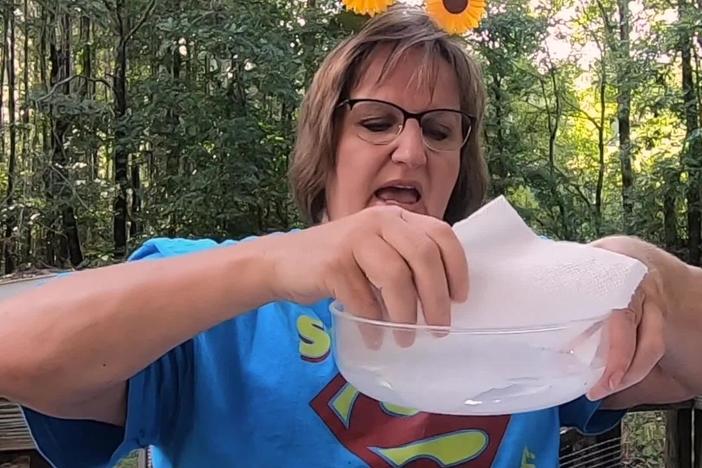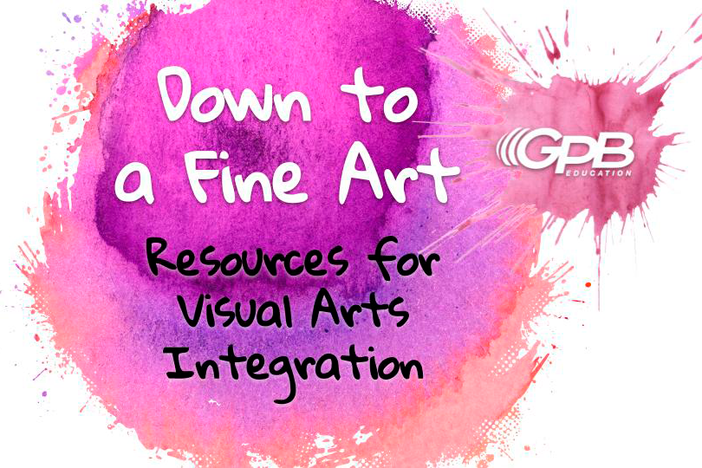Bringing Vocabulary To Life: Using Our Words to Help Homeless Children
This unit plan – Bringing Vocabulary to Life: Using Our Words to Help Homeless Children engages students in explicit and systematic vocabulary instruction which strengthens their abilities to construct meaning of robust vocabulary. Throughout the unit plan, students embody the meanings of the words concerned, support, and compassionate by completing a service learning project. The core of the unit plan involves students learning about homelessness, and working on initiatives which both support homeless children, and help students master English Language Arts (ELA), mathematics and social studies standards. The unit is taught over a series of about five sessions. While the materials for this unit focus specifically on homelessness in Savannah, this unit can be adapted to address homelessness in your own town, city, county or state.
Bringing Vocabulary To Life: Using Our Words to Help Homeless Children
This unit plan – Bringing Vocabulary to Life: Using Our Words to Help Homeless Children engages students in explicit and systematic vocabulary instruction which strengthens their abilities to construct meaning of robust vocabulary. Throughout the unit plan, students embody the meanings of the words concerned, support, and compassionate by completing a service learning project. The core of the unit plan involves students learning about homelessness, and working on initiatives which both support homeless children, and help students master English Language Arts (ELA), mathematics and social studies standards. The unit is taught over a series of about five sessions. While the materials for this unit focus specifically on homelessness in Savannah, this unit can be adapted to address homelessness in your own town, city, county or state.
English Arts
Use words and phrases acquired through conversations, reading and being read to, and responding to texts. Include frequently occurring conjunctions to signal simple relationships (e.g., I named my hamster Nibblet because she nibbles too much because she likes that).
Demonstrate understanding of spoken words, syllables, and sounds (phonemes).
Know and apply grade-level phonics and word analysis skills in decoding words.
With guidance and support from adults, focus on a topic, respond to questions and suggestions from peers, and add details to strengthen writing as needed.
With guidance and support from adults, use a variety of tools to produce and publish writing, including digital tools and collaboration with peers.
Participate in shared research and writing projects (e.g., exploring a number of "how-to" books on a given topic and use them to write a sequence of instructions).
With guidance and support from adults, recall information from experiences or gather information from provided sources to answer a question.
Demonstrate command of the conventions of standard English grammar and usage when writing or speaking.
Demonstrate command of the conventions of standard English capitalization, punctuation, and spelling when writing.
Mathematics
Express the length of an object as a whole number of length units, by laying multiple copies of a shorter object (the length unit) end to end; understand that the length measurement of an object is the number of same-size length units that span it with no gaps or overlaps. (Iteration)
Organize, represent, and interpret data with up to three categories; ask and answer questions about the total number of data points, how many in each category, and how many more or less are in one category than in another.
Count to 120, starting at any number less than 120. In this range, read and write numerals and represent a number of objects with a written numeral.
Understand that the two digits of a two-digit number represent amounts of tens and ones. Understand the following as special cases:
Social Studies
Identify goods that people make and services that people provide for each other.
-
About the Teacher
Bynikini Frazier
Sarah Mills Hodge Elementary School
Savannah Chatham County Public SchoolsMs. Frazier is currently a 1st grade teacher at Sarah Mills Hodge Elementary School. She is the 2015 Savannah Chatham County Public Schools District Teacher of the Year. She holds a Bachelor of Science degree in Early Childhood Education from the University of Georgia and a Master’s degree in Early Childhood Education from Armstrong Atlantic State University. Her best piece of advice is to embrace your significance as a teacher, transcend teaching expectations, and teach with such a passion that your students accomplish the impossible and exceed their established goals.
